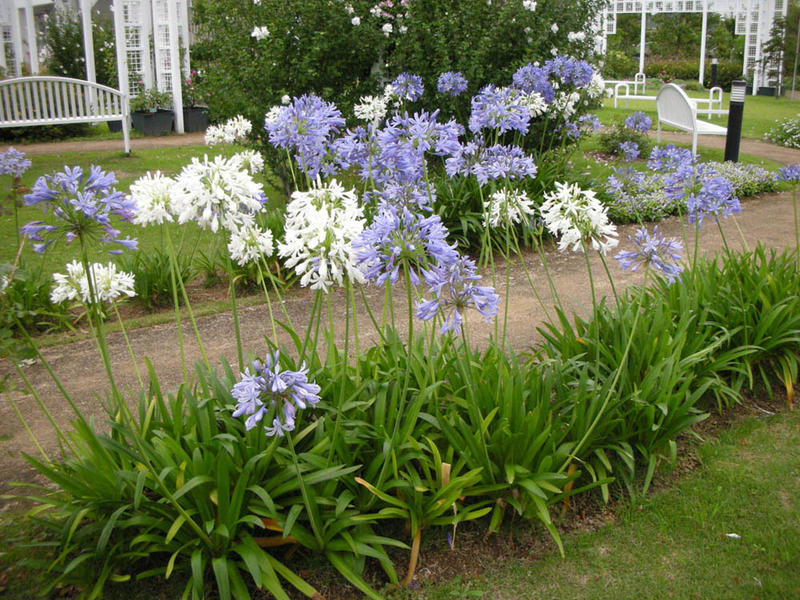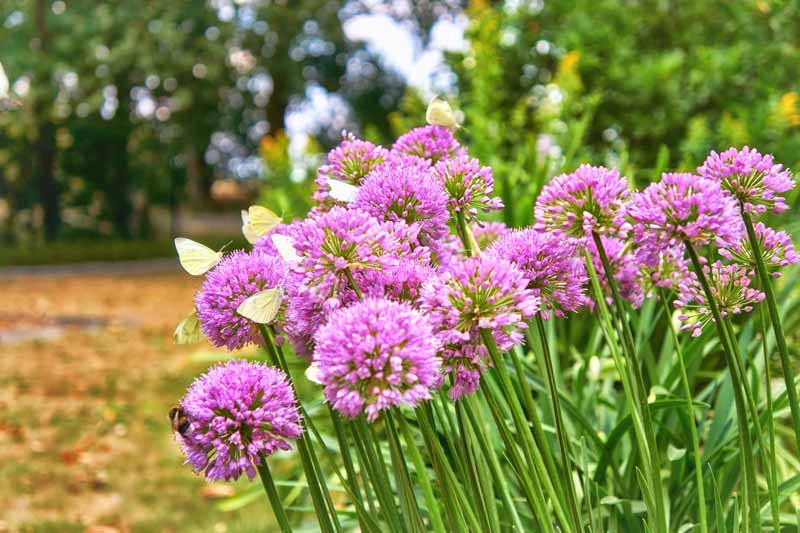Agapanthus Expanding Problems: Dirt, Sunshine, and Watering
Agapanthus Expanding Problems: Dirt, Sunshine, and Watering
Blog Article
Unleashing the Secret to Effective Agapanthus Growing: Tips and Tricks for a Flourishing Yard
In the world of gardening, growing agapanthus effectively needs a critical technique that encompasses numerous aspects of plant care. With careful focus to detail, one can unlock the keys to nurturing these stunning blossoms, causing a yard that grows with charm and vibrancy. By comprehending the nuances of agapanthus growing, one can create an environment where these plants thrive and grow generously. In the following conversation, we will explore essential ideas and tricks that will lead you in the direction of a thriving agapanthus yard, offering insights right into best methods, dirt problems, watering techniques, and extra.
Growing Agapanthus: Finest Practices
When growing Agapanthus, appropriate soil prep work is important for making sure effective growth and development of these gorgeous blossoms. Agapanthus, commonly understood as Lily of the Nile or African lily, prospers in well-draining dirt with a somewhat acidic to neutral pH degree - Agapanthus. Prior to growing, it is essential to amend hefty clay soils with organic issue such as compost or peat moss to enhance water drainage and provide essential nutrients for the plants
To plant Agapanthus, choose an area that obtains full sunshine to partial color, as this will certainly advertise healthy growth and plentiful flowering. Dig a hole twice the diameter of the plant's root ball and position the Agapanthus at the very same depth it was previously growing. Carefully backfill the hole with soil, pressing down firmly to remove any air pockets around the origins.
Water the newly planted Agapanthus extensively and proceed to maintain the dirt uniformly damp, particularly during the plant's active expanding period. Agapanthus. Using a balanced fertilizer once a month can further support the plant's growth and flowering. By complying with these finest practices for growing Agapanthus, you can develop a spectacular display screen of these captivating blossoms in your yard
Suitable Dirt Conditions for Agapanthus
For optimum growth and blooming success of Agapanthus plants, making sure the soil conditions are ideal is crucial. Agapanthus grows in well-draining dirt with a somewhat acidic to neutral pH degree varying from 6.0 to 7.0. This kind of soil permits for appropriate water drainage, avoiding waterlogging which can result in root rot. To improve soil drainage, consider including raw material such as garden compost or peat moss when preparing the growing site. Furthermore, Agapanthus prefers dirt that is rich in nutrients, so integrating a balanced fertilizer throughout the expanding period can advertise healthy and balanced growth and vivid blooms.

Watering and Fertilizing Tips
To guarantee healthy growth and dynamic blooms, appropriate watering and fertilizing strategies are necessary for successful Agapanthus cultivation. Agapanthus plants profit from routine watering, especially throughout the growing period.
When it pertains to fertilizing Agapanthus, a well balanced fertilizer with equal components nitrogen, phosphorus, and potassium can be applied in the springtime to promote healthy development and flowering. Slow-release fertilizers are ideal for giving nutrients slowly over an extended duration. Avoid over-fertilizing, as this can bring about extreme foliage development at the expense of blossoms.
Furthermore, incorporating natural matter like garden compost into the dirt can enhance nutrient degrees and improve dirt structure, helping in the general wellness of the Agapanthus plants. By complying with these watering and fertilizing tips, gardeners can guarantee their Agapanthus plants flourish and generate spectacular screens of blossoms.
Pruning and Deadheading Techniques
Proper trimming and deadheading strategies play check my blog a crucial function in maintaining the health and appearances of Agapanthus plants, complementing the vital techniques of watering and fertilizing for successful farming. Pruning Agapanthus entails removing invested blossom heads, yellowing or dead leaves, and general shaping of the plant to advertise better growth. Deadheading, the process of eliminating faded flowers, not only improves the plant's look but also motivates additional flowering.
When deadheading Agapanthus, her latest blog it is suggested to snip off the flower stem at the base making use of sharp, clean shears. This process redirects the plant's energy from seed production back into origin and vegetation growth, promoting a healthier and much more robust plant. Routine deadheading can expand the blooming duration of Agapanthus and protect against self-seeding, which can lead to overcrowding.
In regards to trimming, Agapanthus usually gain from a light trim after blooming to clean up the plant and urge fresh development. Reducing the invested flower stems and removing any dead or damaged vegetation aids keep the plant's vitality and general appearance. Nevertheless, it is important to prevent cutting into the crown of the plant, as this can compromise its health.

Protecting Agapanthus From Vermins and Diseases
Executing effective bug and illness management strategies is critical to securing the health and wellness and vitality of Agapanthus plants in growing. Agapanthus are typically hardy plants, yet they can still drop victim to numerous bugs and diseases otherwise appropriately looked after. One typical pest that impacts Agapanthus is the Agapanthus borer, a caterpillar that tunnels right into the plant, triggering damage to the flowers and leaves. To stop invasions, regular examination of the plants is vital. If borers are spotted, they can be by hand gotten rid of, or insecticidal soap can be used as a control action.
In addition to parasites, Agapanthus are vulnerable to illness such as origin rot and fungal fallen leave areas. By remaining attentive and resolving bug and illness issues promptly, garden enthusiasts can aid their Agapanthus prosper and grow.

Conclusion
To conclude, effective cultivation of agapanthus calls for appropriate growing methods, ideal dirt problems, sufficient watering and feeding, routine trimming and deadheading, and security from pests and illness. By following these techniques and ideas, gardeners can make sure a flourishing yard loaded with lovely agapanthus blooms. Agapanthus. Keep in mind to keep regular care and attention to information to advertise the health and durability of these magnificent plants
When growing Agapanthus, proper dirt preparation is important for making sure successful growth and advancement of these stunning blossoms.Water the recently grown Agapanthus completely and proceed to maintain the soil evenly damp, specifically during the plant's active growing period.For ideal development and growing success of Agapanthus plants, making certain the soil conditions are perfect is important. When transplanting or growing Agapanthus, make certain the dirt is well-prepared to give the required structure for the plants to establish themselves effectively. One typical insect that influences Agapanthus is the Agapanthus borer, a caterpillar that passages right into the plant, triggering damages to the fallen leaves and blossoms.
Report this page